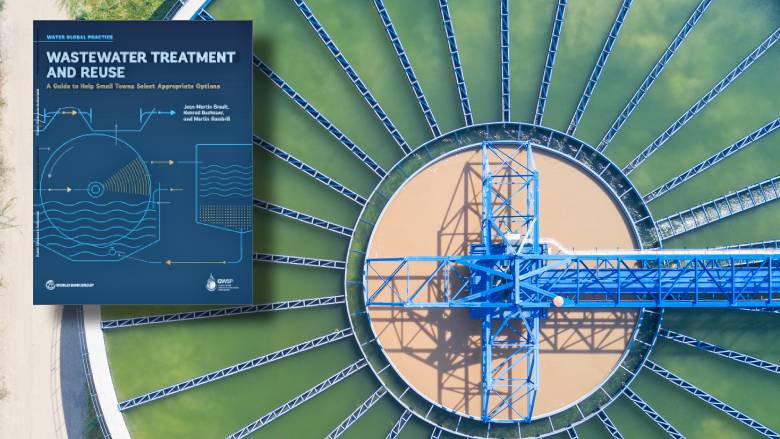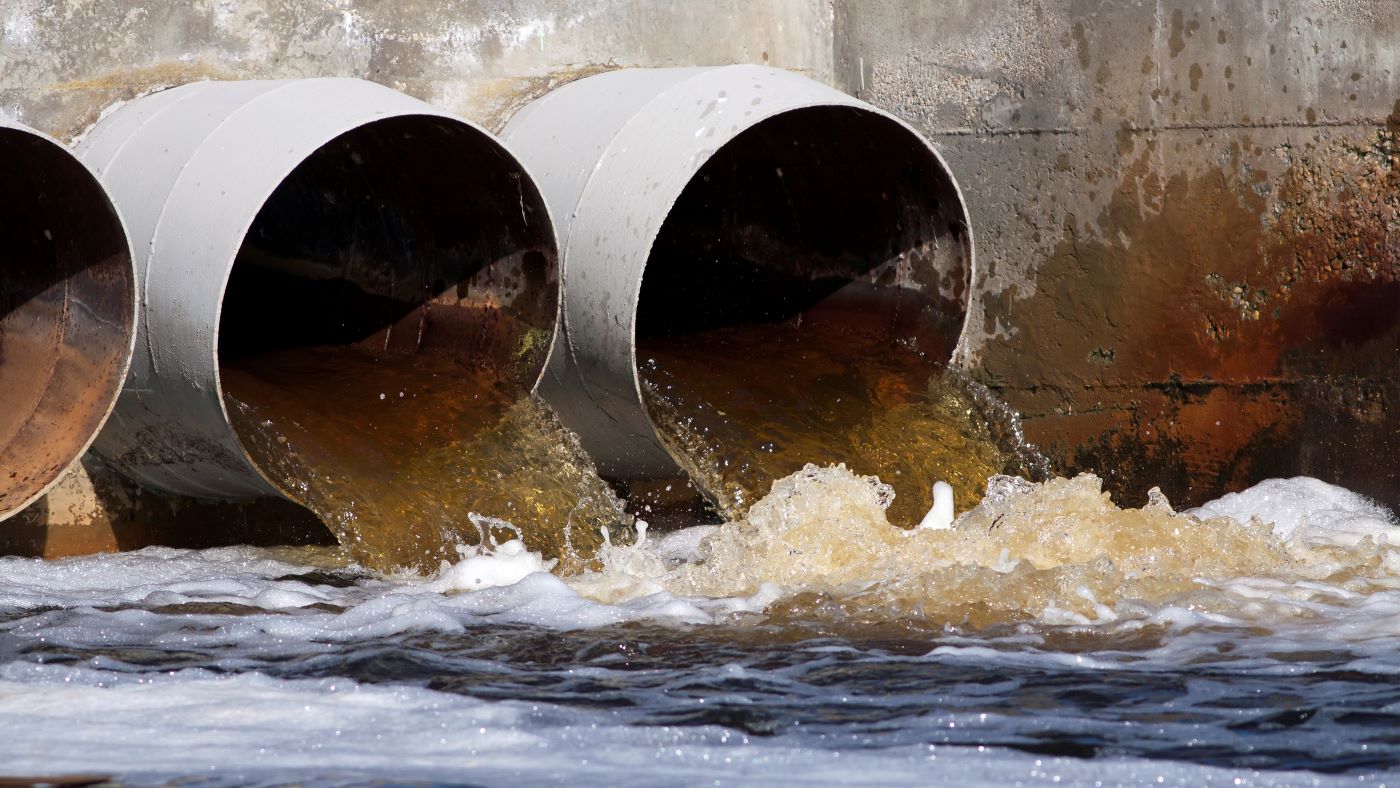Environmental Influence of Waste Water Treatment: What You Required to Know
Environmental Influence of Waste Water Treatment: What You Required to Know
Blog Article
Strategic Approaches to Improve Drainage Treatment Effectiveness and Decrease Environmental Effect
In the world of waste water therapy, the mission for enhanced efficiency and lowered environmental impact is a continuous difficulty that demands critical options. The integration of innovative treatment technologies, energy-efficient procedures, resource recovery approaches, improved nutrient removal strategies, and smart surveillance and control systems stands for a diverse structure for dealing with these pressing issues.
Advanced Therapy Technologies
Advanced membrane filtering systems have actually reinvented innovative wastewater therapy processes, substantially boosting the removal of contaminants. This innovation has confirmed to be highly effective in getting rid of a vast range of contaminants, consisting of drugs, heavy metals, and organic compounds, which are typically challenging to eliminate through traditional treatment methods.
Furthermore, membrane layer purification systems use countless advantages over standard therapy approaches. They need less space, produce higher-quality effluent, and are extra immune to changes in influent water high quality. Furthermore, these systems are highly versatile and can be conveniently integrated into existing therapy plants or made use of as standalone systems for decentralized applications. As the demand for tidy water remains to rise, the fostering of innovative membrane filtration modern technologies is necessary to ensure effective and lasting wastewater treatment practices.
Energy-Efficient Processes
The assimilation of energy-efficient processes in wastewater therapy systems is essential for optimizing resource usage and decreasing functional prices. One crucial approach to enhancing energy effectiveness in wastewater therapy is the application of innovative oygenation systems, such as fine bubble diffusers or surface aerators, which can enhance oxygen transfer effectiveness and decrease power usage.
Furthermore, optimizing process control and automation via the usage of sophisticated sensors and checking systems can enhance overall energy effectiveness by changing operations in real-time based on actual demand and problems. Carrying out power audits and frequently keeping an eye on power performance indications are vital methods to recognize areas for enhancement and track energy-saving efforts effectively. In general, the adoption of energy-efficient procedures in wastewater therapy not just benefits the environment however likewise contributes to long-term cost savings and operational sustainability.
Source Recovery Methods
With a focus on optimizing source application and sustainability in wastewater treatment systems, the execution of resource recovery techniques becomes a pivotal element in boosting operational effectiveness. Resource recovery methods in wastewater therapy involve the identification and extraction of useful sources from the waste stream, consequently transforming what was when taken into consideration waste right into a useful property. By carrying out source recovery strategies such as nutrient removal and healing, power generation from raw material, and the production of recyclable water, wastewater treatment plants can minimize environmental effect while maximizing performance.

Boosted Nutrient Elimination Strategies
Implementing advanced nutrient removal techniques is crucial for enhancing the efficiency of wastewater treatment systems. Improved nutrient removal plays a vital role in lessening this link the ecological impact of cured effluent released into water bodies. Among the key strategies used for enhanced nutrient removal is the process of organic nutrient removal (BNR), which includes the elimination of nitrogen and phosphorus with biological processes. This can be attained through using specialized bacteria that can convert nitrogen substances right into inert nitrogen gas through denitrification, and build up phosphorus within their cells via a process called improved organic phosphorus elimination (EBPR)

Along with BNR, progressed treatment techniques such as membrane layer bioreactors (MBRs) and created marshes can also be employed to boost nutrient removal efficiency. MBRs use membrane layers to accomplish high-quality effluent requirements by successfully eliminating nutrients and suspended solids. Created wetlands mimic natural wetland procedures to get rid of nutrients with plant uptake, microbial activity, and sedimentation. By incorporating these advanced nutrient elimination methods into wastewater therapy markets, systems and municipalities can successfully reduce nutrient contamination and safeguard the environment.
Smart Tracking and Control Systems
Utilizing advanced innovation, the assimilation of smart monitoring and control systems transforms the functional efficiency of wastewater treatment facilities. These systems incorporate innovative sensors and data analytics to constantly keep an eye on crucial specifications such as pH degrees, turbidity, liquified oxygen, and flow rates in real-time. By collecting and examining this data, operators can gain beneficial understandings right into the performance of the therapy processes, allowing aggressive modifications to optimize therapy performance.
Smart monitoring and control systems also sustain remote surveillance abilities, permitting operators to accessibility real-time information and control functions from off-site areas. This remote accessibility enhances functional versatility and responsiveness, allowing swift interventions in situation of system malfunctions or variations in influent high quality. The anticipating upkeep capabilities of these systems assist stop devices failures and lessen downtime, eventually boosting the overall integrity of wastewater therapy operations.
Conclusion
In verdict, critical strategies such as sophisticated treatment innovations, energy-efficient procedures, source healing approaches, boosted nutrient removal methods, and wise tracking and control systems play a vital duty in enhancing wastewater treatment performance and minimizing ecological impact. By executing these techniques, wastewater therapy plants can boost their general efficiency, decrease power consumption, recover important resources, and make certain conformity with environmental regulations. These strategies are vital for sustainable and reliable wastewater management methods.

In final thought, critical strategies such as advanced treatment modern technologies, energy-efficient procedures, resource recuperation methods, enhanced nutrient elimination methods, and smart surveillance and control systems play a vital role in improving wastewater therapy efficiency and minimizing more information ecological influence.
Report this page